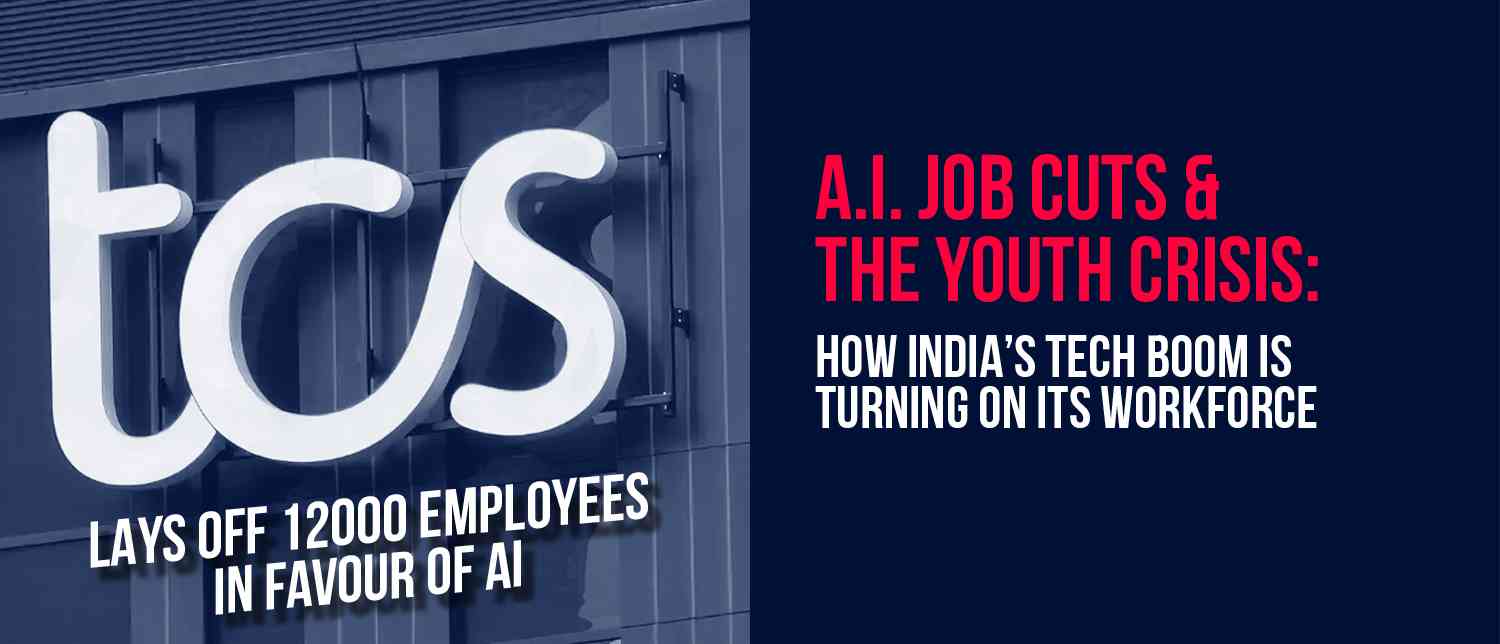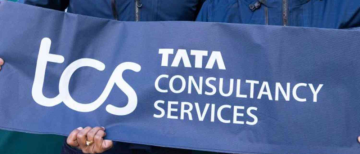India’s young workforce is staring at a grim reality. Even as the country produces millions of degree-holders every year, steady, well-paying jobs are becoming harder to find. Corporations are increasingly using the rise of Artificial Intelligence as a convenient alibi to shed human staff, claiming “efficiency gains” while chasing short-term profit margins. Yet this AI revolution comes at a hidden cost: its vast energy demands and environmental footprint, from power-hungry data centres to rare-earth mineral extraction, threaten to create ecological damage that will outlast any balance sheet gains. What we are witnessing is not just a technological shift—it is a corporate manoeuvre that jeopardises livelihoods and undermines environmental sustainability.
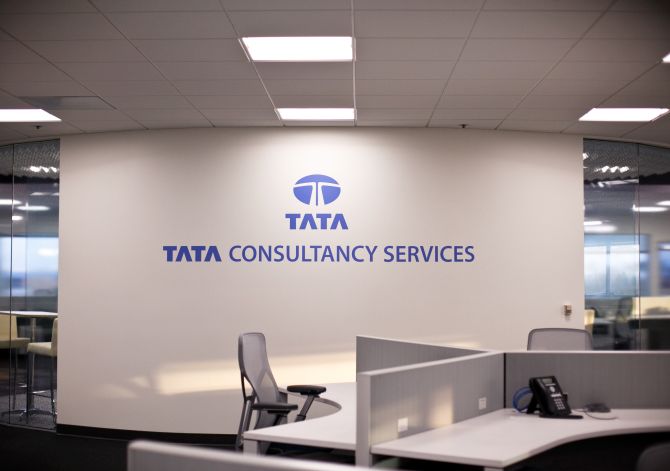
Indian outsourcing giant Tata Consultancy Services’ decision to axe over 12,000 jobs is being seen as the opening salvo in a broader AI-driven transformation of the country’s $283 billion outsourcing industry. Analysts warn that within the next two to three years, nearly half a million jobs could disappear from the sector. TCS insists the decision—amounting to 2% of its workforce—was due to “skill mismatches” rather than AI-related productivity gains. But many in the industry view it as the largest layoff in the company’s history and a harbinger of more cuts to come in this labour-intensive sector. About 12,200 middle- and senior-management positions will be lost, a blow to a workforce that has for decades provided the backbone of India’s IT success story.
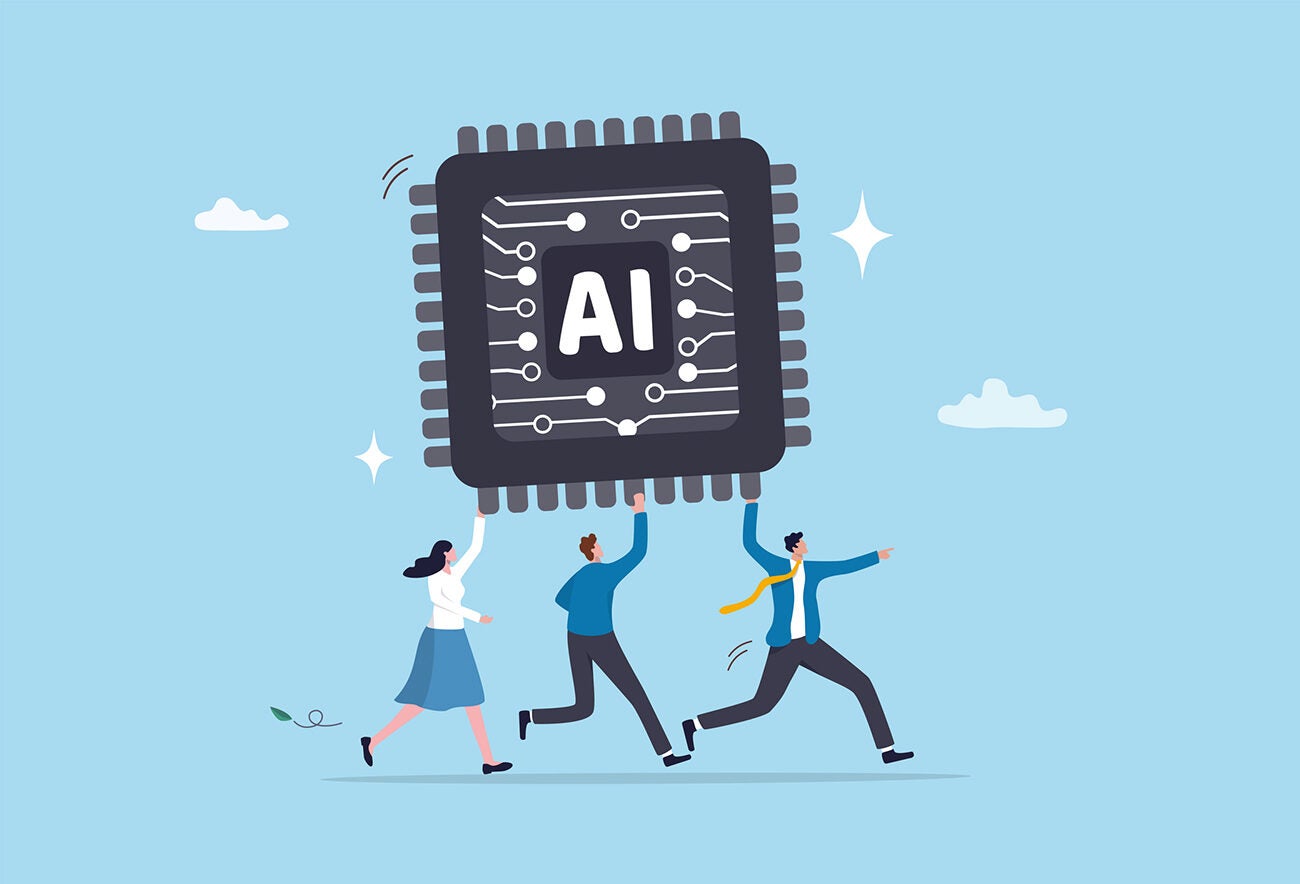
This sector has historically absorbed a vast portion of India’s engineering graduates, playing a pivotal role in the rise of a middle class. Now, however, AI is being deployed in everything from basic coding and software testing to customer support—roles once filled by humans. As these technologies drive “efficiencies”, demand is shifting towards skills that many current employees simply do not have. According to industry veterans and staffing experts, the most vulnerable roles include people managers with minimal technical expertise, software testers who ensure usability and detect bugs, and infrastructure staff responsible for maintaining servers and networks. Gaurav Vasu, founder of tech intelligence firm UnearthInsight, estimates that 400,000 to 500,000 professionals could face redundancy in the next few years, with about 70% of those cuts affecting employees with 4–12 years of experience.

This wave of uncertainty could ripple far beyond the IT parks. Job losses in such a large sector risk dampening consumer spending on everything from tourism and luxury goods to long-term investments like housing. With companies such as Infosys, Wipro, HCLTech, LTIMindtree, and Cognizant employing hundreds of thousands of experienced professionals, the looming threat of being labelled part of the “big fat middle layer” is driving anxiety across the industry. TCS, which had more than 613,000 staff before the cull, says it is preparing to be “future-ready” by investing in new technologies, entering new markets, deploying AI at scale, and “realigning” its workforce. But critics point out that such statements sidestep the question of why displaced staff cannot be retrained or redeployed.

For employees, the shift feels both sudden and ruthless. A 45-year-old Kolkata-based staffer who lost his job described the news as “devastating”, noting the difficulty of finding work at his age. Others spoke of declining performance bonuses, stricter “bench policies” that limit time without a project, delayed on-boarding for new hires, and a steep drop in morale among mid-career professionals. The downturn comes at a time when global clients, constrained by inflation and trade uncertainties, are pushing for more work at lower costs—a demand increasingly met through AI and automation. Industry body Nasscom calls this an “inflection point” for the tech sector. Former Tech Mahindra CEO CP Gurnani notes that unlike past technological disruptions, where organisations bore the brunt of restructuring, AI places the burden squarely on the individual to re-skill or risk obsolescence.
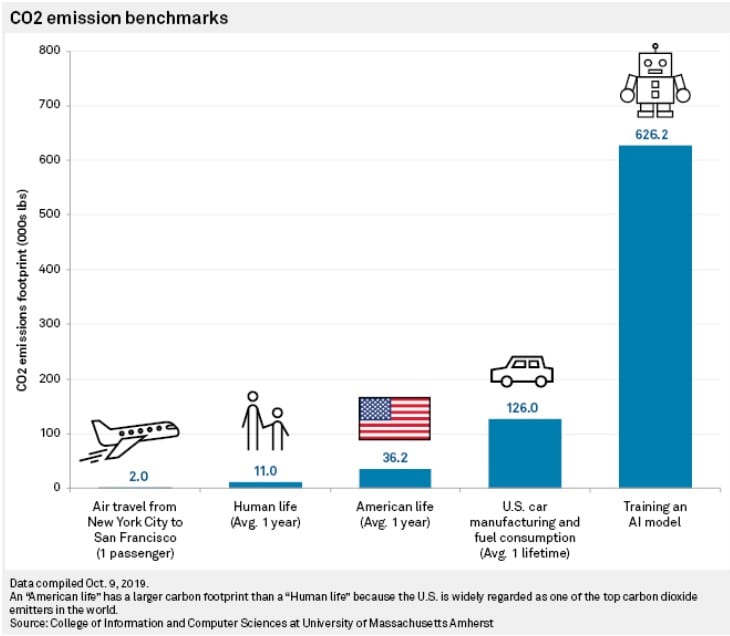
What remains largely absent from corporate narratives is any serious discussion of AI’s environmental toll. The vast data infrastructure required to power these tools consumes staggering amounts of electricity, much of it still derived from fossil fuels, while the mining of rare-earth metals for hardware leaves deep scars on landscapes and communities. In the rush to optimise costs and please shareholders, companies risk replacing one crisis—joblessness—with another—ecological damage that will be far harder to reverse. The story of AI in India’s IT industry, then, is not simply one of progress. It is a cautionary tale about how technological adoption, when driven by profit rather than public good, can deepen inequality, destabilise economies, and accelerate environmental decline.
With inputs from agencies
Image Source: Multiple agencies
© Copyright 2025. All Rights Reserved. Powered by Vygr Media.

